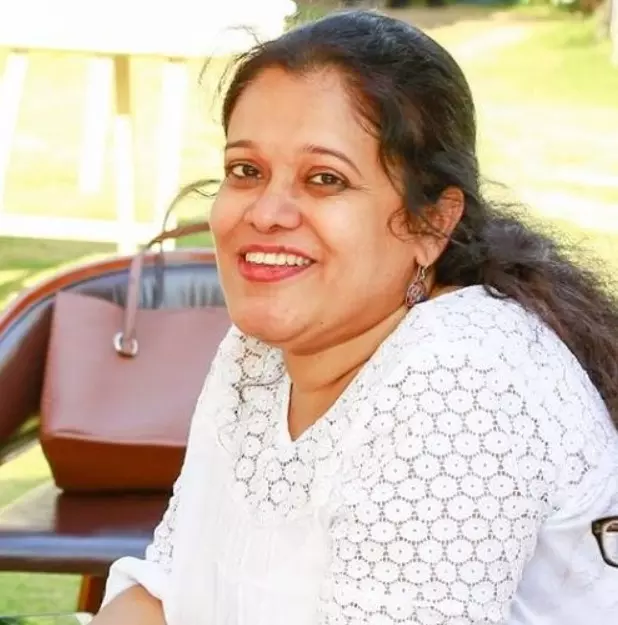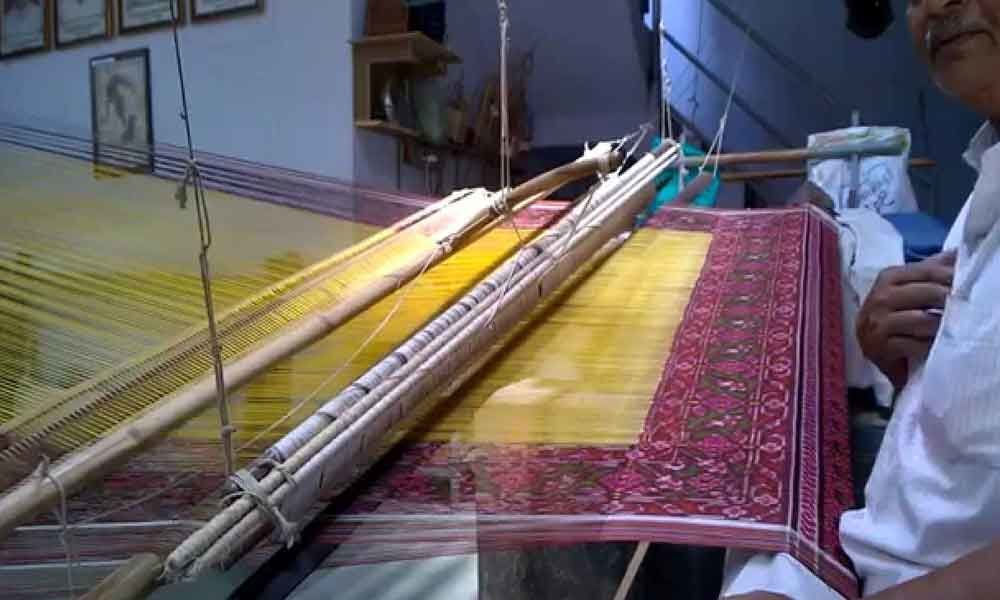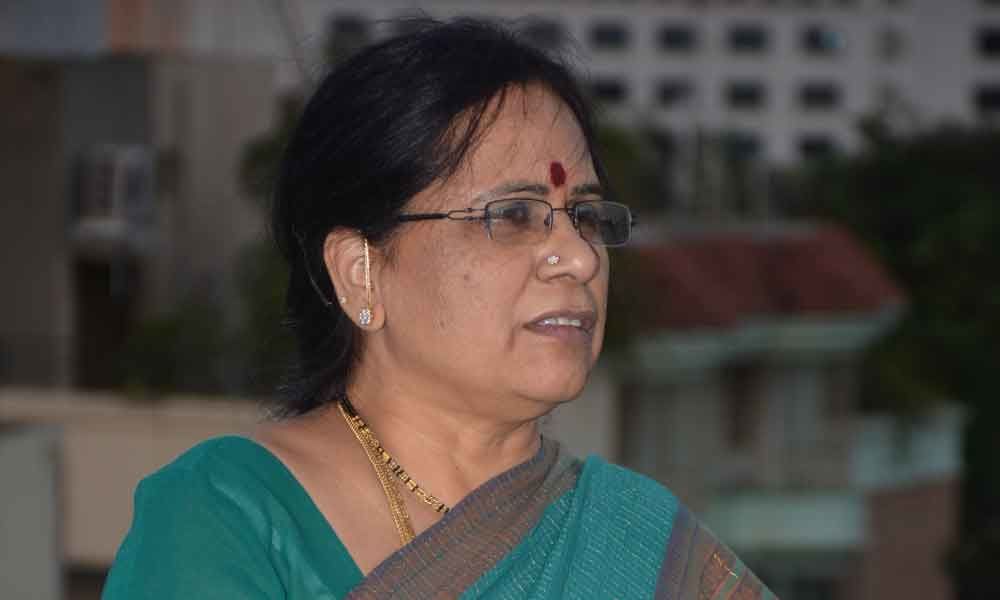Live
- Delhi HC quashes FIR for outraging woman's modesty, orders man to assist Traffic Police for a month as settlement
- 'Apologise to families of farmers who committed suicide in Vidarbha', Amit Shah dares Sharad Pawar
- SC Collegium recommends appointment of a permanent judge in Chhattisgarh HC, extension of term of two judges
- U20 Men's football nationals: Telangana, Sikkim earn full points with easy win
- SEBI probes 2 funds for shorting Adani stocks before Hindenburg
- Kerala Governor Arif Mohammed Khan visits Prashanti Nilayam
- All people should Co-operate for free and fair elections
- "Audiences in the South will appreciate a story that smashes the stereotype of weak and meek women," says Yatin Karyekar
- Family is the biggest motivator for 78% women entrepreneurs in tier II, III cities; finds Tide’s survey
- JioCinema unveils the trailer of its high intensity, war-room drama, Ranneeti: Balakot & Beyond











